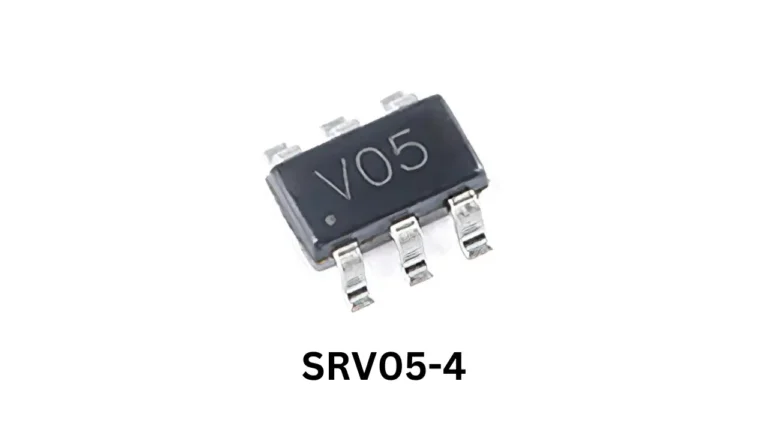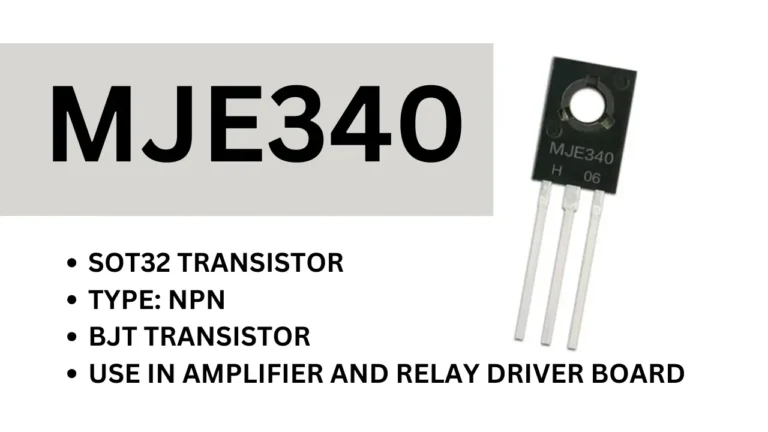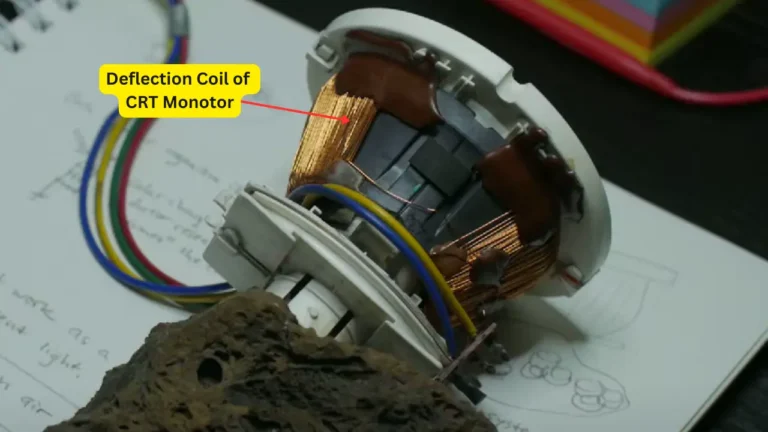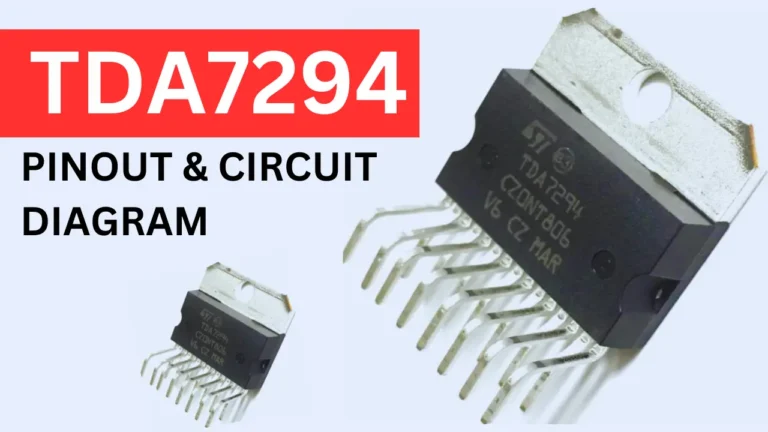The TDA7294V is a variation of the TDA7294 audio amplifier IC developed by STMicroelectronics. It is also a monolithic integrated circuit intended for use as an audio class AB amplifier. The main difference between TDA7294 and TDA7294V is that the latter is a “V” version, which means it’s intended for use in automotive applications.
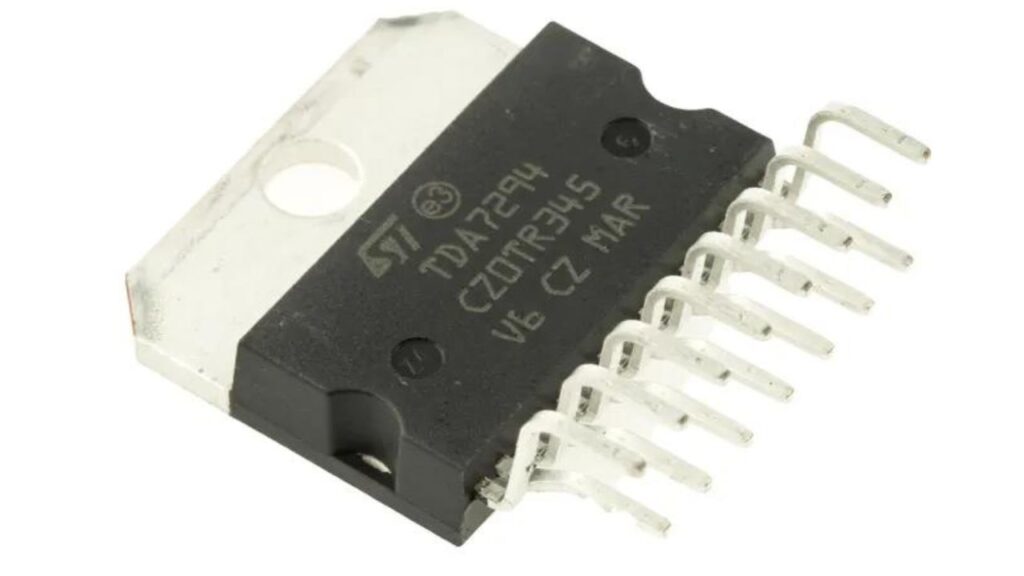
Like the TDA7294, the TDA7294V can be used in stereo, bridge, and parallel configurations and can be used with a wide range of speaker impedances. It also includes thermal and short-circuit protection for safe operation. It features high output power (up to 100W per channel in a bridge-tied load configuration), high efficiency, low distortion and low noise, and a wide range of operating voltage and temperature.
The TDA7294V is designed to meet the specific requirements of automotive audio systems and can operate over a wide temperature range. It is resistant to vibration and shock, has a high level of immunity to electromagnetic interference and can withstand high levels of humidity and dust.
In summary, the TDA7294V is a variation of TDA7294 audio amplifier IC that is intended for use in automotive applications, it shares the same features of TDA7294 but is designed to meet the specific requirements of cars and can operate over a wider temperature range, resistant to vibration and shock and has a high level of immunity to electromagnetic interference.
TDA7294V IC Pinout and Connections
The TDA7294V is a multi-watt package IC with 15 pins. The pinout for this IC is as follows:
- Pin 1: Input/Output (I/O) – This pin is connected to the input of the amplifier circuit.
- Pin 2: Input/Output (I/O) – This pin is connected to the input of the amplifier circuit.
- Pin 3: Ground (GND) – This pin is connected to the ground of the circuit.
- Pin 4: VCC – This pin is connected to the positive power supply of the circuit.
- Pin 5: Output – This pin is connected to the output of the amplifier circuit.
- Pin 6: Output – This pin is connected to the output of the amplifier circuit.
- Pin 7: Ground (GND) – This pin is connected to the ground of the circuit.
- Pin 8: VEE – This pin is connected to the negative power supply of the circuit.
- Pin 9: Input/Output (I/O) – This pin is connected to the input of the amplifier circuit.
- Pin 10: Input/Output (I/O) – This pin is connected to the input of the amplifier circuit.
- Pin 11: Ground (GND) – This pin is connected to the ground of the circuit.
- Pin 12: VCC – This pin is connected to the positive power supply of the circuit.
- Pin 13: Output – This pin is connected to the output of the amplifier circuit.
- Pin 14: Output – This pin is connected to the output of the amplifier circuit.
- Pin 15: Ground (GND) – This pin is connected to the ground of the circuit.
It is important to note that the TDA7294V is a dual-channel IC, the pins are internally connected in pairs, for example, pin 1 is connected internally to pin 9, pin 2 is connected internally to pin 10, pin 5 to pin 13 and pin 6 to pin 14. It is important to use the datasheet of the TDA7294V and consult the recommended circuit diagrams while connecting the IC to the other components in the circuit.
TDA7294v Amplifier Circuit
The TDA7294V is a versatile audio amplifier IC that can be configured in different circuit configurations depending on the application. Here is an example of a basic stereo amplifier circuit using the TDA7294V:
The circuit diagram shows a basic stereo amplifier circuit using the TDA7294V IC. The IC is connected to the positive and negative power supplies, ground, and input and output signals.
The input signals are connected to the input pins of the IC, which are then amplified and output to the speakers through the output pins. The speakers are connected in parallel to the output pins of the IC.
The power supply voltage can range between 18-36V DC and the recommended current is at least 2A. The input coupling capacitors C1 and C2 are recommended to use with values of 10uF and the output coupling capacitors C3 and C4 are recommended to use with values of 4.7uF.
It’s important to note that the TDA7294V is a monolithic integrated circuit and it’s essential to follow the guidelines provided in the datasheet, such as thermal management, power supply decoupling, input and output DC protection, and more.
It’s also worth mentioning that this is just one example of a circuit configuration and there are many other ways to configure the TDA7294V depending on the application. It is always recommended to use the datasheet of the TDA7294V and consult the recommended circuit diagrams while connecting the IC to the other components in the circuit
Applications
The TDA7294V IC is a versatile audio amplifier that can be used in a variety of applications, mainly in automotive audio systems. Some of the common applications of the TDA7294V IC are:
- Car audio systems: The TDA7294V is a popular choice for car audio systems due to its high power output, low distortion, and low noise performance. It can be used to drive speakers in a car stereo system and provide high-quality sound output.
- Hi-Fi audio systems: The TDA7294V can be used in Hi-Fi audio systems to provide high-quality sound output with low distortion and low noise. It can be used in stereo, bridge, and parallel configurations and can be used with a wide range of speaker impedances.
- Guitar amplifiers: The TDA7294V can be used in guitar amplifiers to provide high-quality sound output with low distortion and low noise. It can be used to drive speakers in guitar amplifiers and provide high-quality sound output.
- Portable audio devices: The TDA7294V can be used in portable audio devices such as MP3 players and portable speakers to provide high-quality sound output with low distortion and low noise.
- Power amplifier for professional audio systems: The TDA7294V can be used in professional audio systems such as public address systems, DJ systems, and sound reinforcement systems to provide high-quality sound output with low distortion and low noise.
It’s important to note that the TDA7294V is designed to meet the specific requirements of automotive audio systems and can operate over a wide temperature range. It is resistant to vibration and shock, has a high level of immunity to electromagnetic interference and can withstand high levels of humidity and dust


